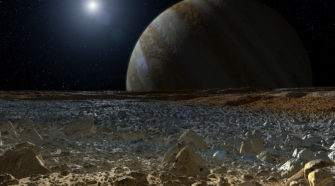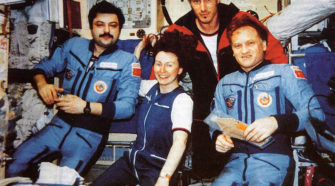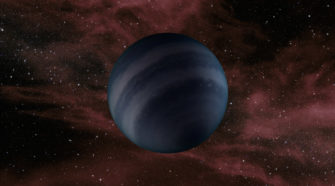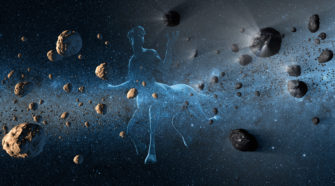Issue #3 (October 2013)
What would we want to know if we landed on Jupiter’s Europa?
Most of what scientists know of Jupiter’s moon Europa they have gleaned from a dozen or so close flybys from NASA’s Voyager 2 spacecraft in 1979 and NASA’s Galileo spacecraft in the mid-to-late 1990s. Even in these fleeting, paparazzi-like encounters, scientists have seen a fractured, ice-covered world with tantalizing signs of a liquid water ocean …
Being a cosmonaut was ‘just a job’ for history-making Helen Sharman
The following article is an account of several meetings, chats and short interviews I have had with the first Briton in space, Helen P. Sharman I first met Helen over 15 years ago at the University of Sheffield when I attended a lecture organised by the University of Sheffield’s Chemistry Society at which she told …
Cold brown dwarfs blur line between stars and planets
In 2011, astronomers on the hunt for the coldest star-like celestial bodies discovered a new class of such objects using NASA’s Wide-Field Infrared Survey Explorer (WISE) space telescope. But until now, no one knew exactly how cool the bodies’ surfaces really are. In fact, some evidence suggested they could be at room temperature. A new …
Antares delivers Cygnus to ISS
The new ‘Commercial Space Era’ received a resounding boost today when a privately developed Antares rocket lofting the first ever Cygnus commercial cargo resupply craft thundered to space from America’s newest launch pad at NASA Wallops along the Eastern Shore of Virginia. The history making launch marks the first time that a spacecraft launched from …
Actor Seth Green has his eye on space
Despite being one of the hardest working actors in Hollywood, Seth Green still finds time to stay current on NASA missions and dreams of going into space one day. With three TV shows currently on the air – Dads, Robot Chicken and Family Guy – he’s only a few clicks of a remote away from …
WISE finds mysterious centaurs may be comets
The true identity of centaurs, the small celestial bodies orbiting the sun between Jupiter and Neptune, is one of the enduring mysteries of astrophysics. Are they asteroids or comets? A new study of observations from NASA’s Wide-field Infrared Survey Explorer (WISE) finds most centaurs are comets. Until now, astronomers were not certain whether centaurs are …






